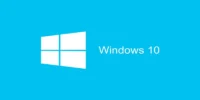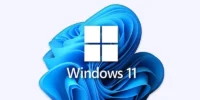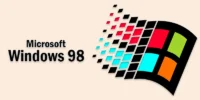What is a Distributed Operating System Example and its Purpose
Published: 8 Feb 2025
Distributed Operating System
Did you know that companies like Google and Amazon rely on distributed operating systems to manage massive networks of computers seamlessly? It may sound confusing—how can multiple computers in different locations work together as one? But if managing devices across your network feels overwhelming, a distributed operating system could be your solution. Picture streaming movies, sending emails, and syncing data effortlessly—all thanks to a system that ensures smooth coordination across devices.
What is a Distributed Operating System
A Distributed Operating System (DOS) is software designed to manage a network of different machines, making them work together as a single, unified system for users. It makes it possible for several devices in various places to collaborate, share resources like files, printers, and processors, and effectively communicate with one another.
For example, in cloud services like Google Drive or Dropbox, a distributed operating system ensures data is accessible and synchronized across multiple servers and devices, providing a seamless user experience. It’s widely used in industries requiring high performance, scalability, and reliability, like cloud computing, big data processing, and online services.
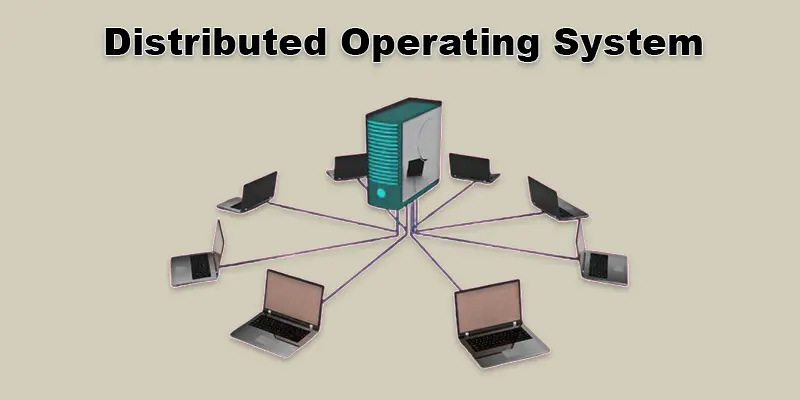
Definition Distributed Operating System
Software known as a Distributed Operating System (DOS) controls a network of separate computers so that they operate as a single, integrated system. It enables resource sharing, efficient communication, and seamless coordination across devices, regardless of their physical location.
Distributed Operating System Example
- Google Search: Processes user queries across multiple servers to deliver fast results.
- Amazon Web Services (AWS):oversees cloud computing services using dispersed infrastructure.
- Netflix: Streams content globally using distributed servers for smooth delivery.
- Apache Hadoop: Handles big data processing across a cluster of computers.
- Online Multiplayer Games: Uses distributed systems to connect players worldwide in real-time.
Purpose Of Distributed Operating System
A Distributed Operating System (DOS) helps multiple computers work together as one system. Its main purpose is to share resources, improve performance, and ensure reliability across a network of connected devices.
- Resource Sharing
- Scalability
- Fault Tolerance
- Load Balancing
- Transparency
- Reliability
Resource Sharing
Resource Sharing in a distributed operating system allows multiple computers to access and use shared resources like files, printers, or processors. Instead of each computer having its own separate resources, they can work together, making it more efficient. For example, one computer can use a printer connected to another, or access files stored on a different device in the network.
Scalability
Scalability in a distributed operating system means the ability to add more computers or resources to the system without causing problems. As the demand for services grows, a scalable system can grow easily by connecting more devices to handle the increased workload. This helps keep the system efficient and reliable, even as it expands.
- Example: When a website becomes more popular, a distributed operating system allows it to add more servers to handle the increased number of visitors without slowing down.
Fault Tolerance
Fault Tolerance in a distributed operating system means that the system can keep working even if one or more computers fail. It automatically detects failures and redistributes tasks to other working devices. This ensures that the entire system doesn’t crash, making it more reliable.
- For example, if one server goes down, others can take over to prevent service disruption.

Load Balancing
Load Balancing is the process of distributing tasks or workloads evenly across multiple computers in a network. This helps prevent any single computer from becoming overloaded, ensuring smooth performance.
- For example, in a website with many visitors, load balancing directs traffic to different servers, so no server gets too busy. It keeps everything running fast and efficiently.
Transparency
Transparency in a distributed operating system means that users and applications don’t need to know where resources are located or how they are managed. Everything appears as if it’s running on a single machine, even though it may involve multiple computers.
- Example: When you access a file on your computer from a cloud service, you don’t see the different servers working behind the scenes—everything feels like it’s just one system.
Reliability
Reliability in a Distributed Operating System means ensuring that the system keeps working smoothly, even if some parts fail. If one computer or device goes down, the system continues to run without affecting the overall performance.
- Example: If a server in a cloud service like Google Drive stops working, another server automatically takes over, so your files are still accessible without any disruption.
Conclusion – About Distributed System
Distributed Operating Systems play a vital role in shaping the future of technology, making complex tasks simpler and more efficient. By understanding how these systems work, you can unlock endless possibilities for innovation and problem-solving. Don’t stop here—take the next step in your learning journey and dive deeper into the world of distributed systems. The knowledge you gain will empower you to be a part of tomorrow’s technological advancements.
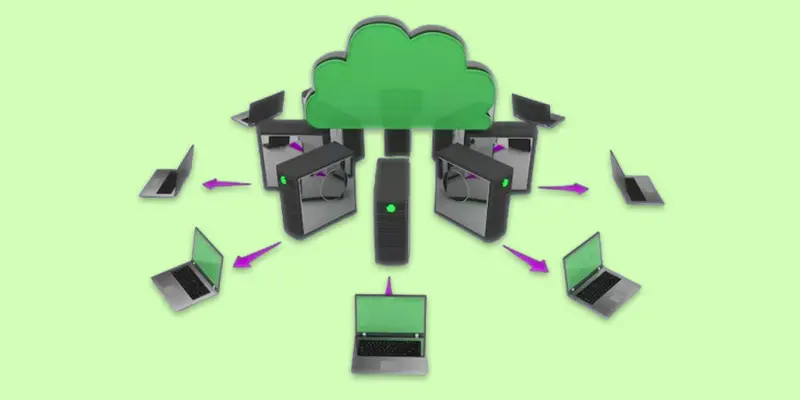
FAQS – What Distributed System
No, Windows is not a distributed operating system. It is primarily a single-system operating system used on personal computers. However, it can connect to and manage networked devices, but it doesn’t have the core features of a distributed OS.
Different operating systems have different creators. For example, Unix was created by Ken Thompson and Dennis Ritchie, while Linux was created by Linus Torvalds. Distributed operating systems, like Google’s, are developed by teams of engineers in large tech companies.
Distributed operating systems are commonly used in cloud computing, large-scale data centers, and high-performance computing. They allow companies like Google, Amazon, and Facebook to manage vast networks of computers seamlessly. These systems are also used in services like online banking and streaming platforms.
There are hundreds of Linux distributions available, each designed for different needs. Popular ones include Ubuntu, Fedora, and Debian. The exact number changes over time as new distributions are developed and others are discontinued.

- Be Respectful
- Stay Relevant
- Stay Positive
- True Feedback
- Encourage Discussion
- Avoid Spamming
- No Fake News
- Don't Copy-Paste
- No Personal Attacks

- Be Respectful
- Stay Relevant
- Stay Positive
- True Feedback
- Encourage Discussion
- Avoid Spamming
- No Fake News
- Don't Copy-Paste
- No Personal Attacks


